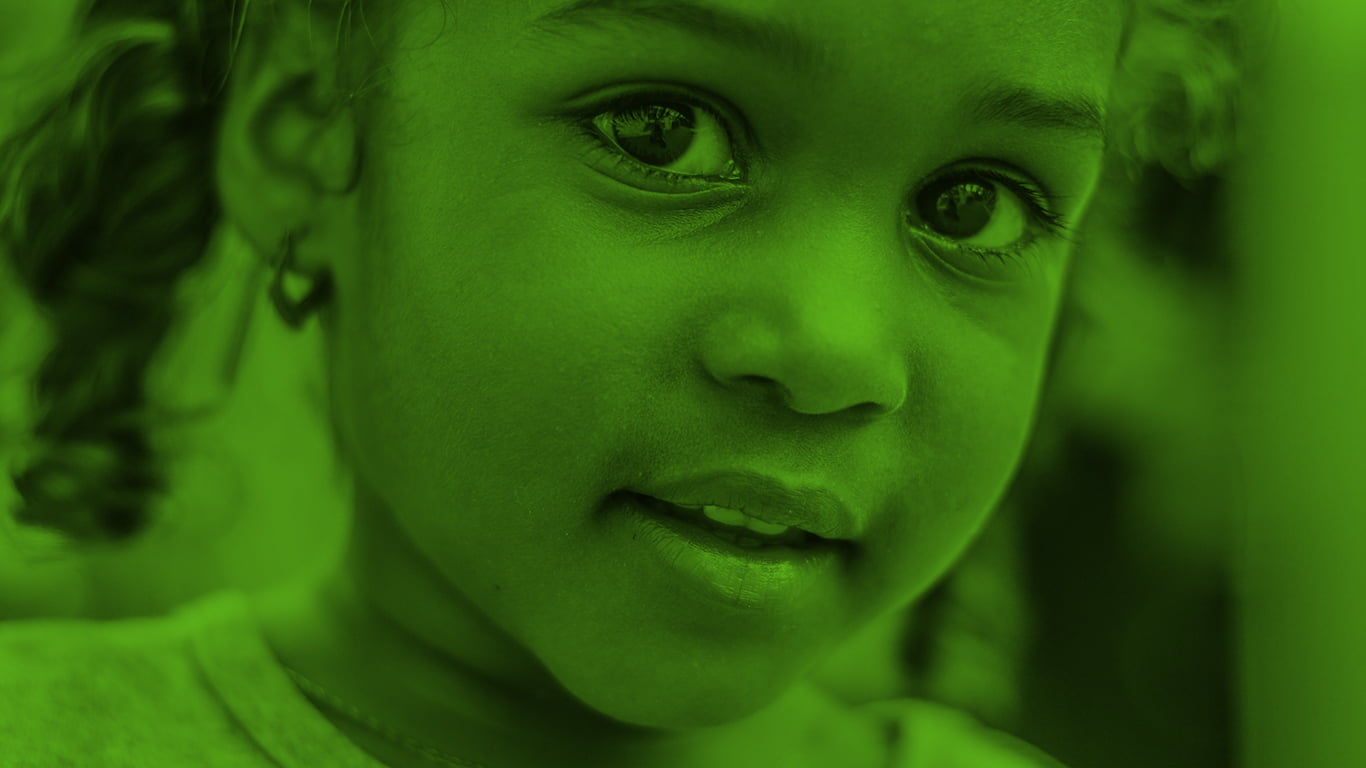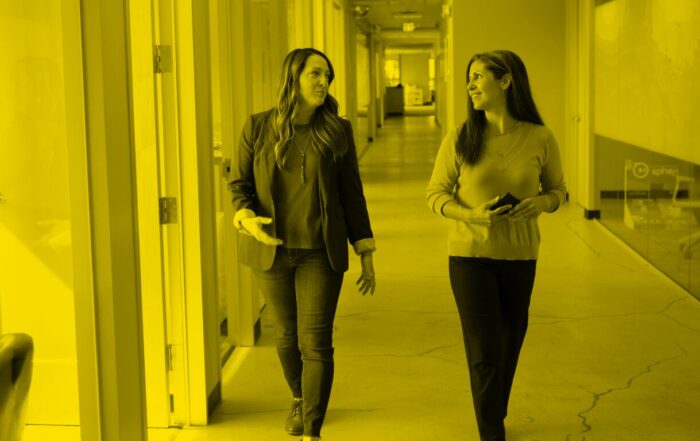Summary
Many organizations use standardized processes with the goal of eliminating bias in decision-making and reducing inequality. This study examines the potential and limits of this solution by comparing two standardized selection tools.
The researchers first examined a standardized risk assessment tool used widely by child welfare agencies. The tool categorizes children as high-risk for re-abuse based on various “race-neutral” factors, with the goal of reducing racialized overrepresentation in the welfare system. However, the tool in fact reinforces racial inequality by ignoring that many of these risk factors are disproportionately experienced by racialized people. The tool has thus not been successful in its goal. The researchers then examined a standardized selection tool that a university implemented to explicitly promote racial equity. It awarded points for admission based on applicants’ race, not potential outcomes, acknowledging the structural nature of racism. The tool was successful in reducing racial inequality in its entering classes, but it was dismantled due to political challenges.
The study exposes a contradiction: the success of standardized processes to reduce racial inequality may rely on whether they recognize that inequality is structural, rather than individual. However, tools recognizing structural inequality are unlikely to be accepted politically.
Research
Many organizations are looking for solutions that will remove individuals’ racial bias from decision-making. Some researchers have argued that standardizing decision-making tools can eliminate subjective decision-making in mortgage lending and prosecution, reducing the influence of racism on outcomes. Others have suggested that standardizing decision-making can in fact embed racial inequality into processes.
This study examines standardized selection tools in two organizational contexts and contrasts their effectiveness in reducing racial inequality. Both tools are tests which independently assign a score to applicants, and applicants are accepted or rejected based on these scores. The first tool is actuarial: it is a risk assessment device that many child welfare agencies have adopted to classify welfare cases. The second tool is nonactuarial: the University of Michigan used a points system to admit undergraduate applicants based on several factors, including race, with the explicit aim of creating a racially diverse student body. The data from this study comes from interviews with child welfare workers and administrators as well as historical research on the University of Michigan’s court and admissions documents.
Findings
Child Welfare: The first case is a child welfare risk assessment tool that weighs factors such as parental history of abuse and previous involvement with child services to predict which children are most at risk for re-abuse. Services are then directed to children in highest risk categories. This method was intended to reduce racial disproportionality in the welfare system because it examines risk factors outside of social differences, therefore making “race-neutral” decisions. It is the most widely used case management model in the United States and has faced virtually no political pushback.
However, the introduction of this tool has not succeeded in reducing racial disproportionality. The assessment tool uses variables such as past complaints to child services, residential status, and employment status. These are in fact proxies for racial disadvantage because racialized minorities are overrepresented in reports to protective services and are more likely to have low socioeconomic status. Since the tool does not recognize how these risks are unevenly distributed across society, it reinforces the structural disadvantages faced by racialized communities.
College Admissions: The second case is the University of Michigan’s standardized admissions selection device, developed in the 1980s. The tool awarded points for admission to underrepresented racialized applicants, among other factors, in order to create a racially diverse student body. This device differs from the welfare risk assessment tool because it was not based on predicted outcomes of students, but rather on an organizational imperative to build a diverse class. The device resulted in an entering class of 10% Black students by 2002, up from 0.1% in the 1960s.
As this tool was outwardly race-conscious, it was subject to political pushback. In 2003, the device was deemed unconstitutional by the Supreme Court because it was seen as advantaging racialized students without clearly linking this advantage to the prevailing ideology of colourblindness and merit-based admission. The tool was then dismantled.
Implications
Individualized standardized processes will not change structural inequality—The risk assessment tool for child welfare services in this study detected structural racial inequalities, but interpreted them as race-neutral, individual risk classifications. This standardization process did not correct or change racial inequality. Other types of organizations may be undertaking similar standardized processes that are seemingly race-neutral but in fact are not, e.g. implementing a blind hiring process that considers factors such as the school candidates attended or whether they have internship experience.
Processes that expressly focus on social identity groups, like the college admissions tool in this study, will likely be more useful in reducing inequalities than individualized, “neutral” ones. However, to endure in the long-term, such processes may need to be implemented with education and communication about structural inequality.
Organizations using standardized processes to make social change must continuously evaluate impacts, and pivot as needed– The researchers note that the child welfare risk assessment tool has been shown to be ineffective in its goal of reducing racial disproportionately, but continues to be widely used, partly because it has faced little pushback. Organizations that are committed to equitable outcomes need to continuously assess the impacts their processes have and make changes if they are shown to reinforce inequality.
__________________________
Research brief prepared by: CARMINA RAVANERA
Title
Standardizing Biases: Selection Devices and the Quantification of Race
Authors
Daniel Hirschman and Emily Adlin Bosk
Source
Sociology of Race and Ethnicity
Published
2019
DOI
10.1177/2332649219844797
Link
https://journals.aom.org/doi/10.5465/amj.2016.121







